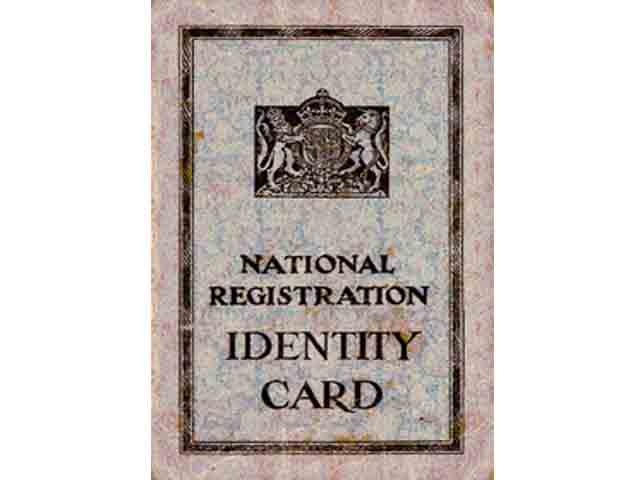The 1939 National Register
After Britain declared war on Germany on 3rd September 1939, it was announced that ‘National Registration Day’ would be on 29th September. This Register would list the personal details of every person in the UK and it was to be used for coordinating the war effort on the home front, particularly for issuing identity cards and organising rationing and conscription. It would help to trace and identify everyone living in the UK, recording new births and following where people moved to and from. It was ‘Big Brother’ before modern technology.
Southam, in common with everywhere else, had enumerators visiting each property in the town to collect the name, date of birth, address, marital status and occupation of every person in the household. Southam represented just a fraction of the 41 million people to be processed.
The 1931 Census records for England and Wales were destroyed in the War, and there was no 1941 Census during the War, so the 1939 National Register provides a historically important snapshot of the population for the years between the 1921 and 1951 Censuses. The records have recently been made available for public viewing and are a great asset for researching families and local history. However, the identity of about a third of the people recorded remains closed because of the ‘100-year rule’ prohibiting access to the records of people born less than 100 years ago, until their death has been verified.
The identity cards issued had to be shown to any official on request or taken to a Police Station within 48 hours. Children’s cards were looked after by their parents. They were also used as the basis for NHS medical records. This went on until 1952 when rationing finally ceased.
We now have access to the name, age, address and occupation of two-thirds of everyone living in Southam on National Registration day and have a very good idea of who the blacked-out names might be – they would have been children then, and many are still alive today. Because this census is still within living memory, we have an excellent and interesting combination of written records and people’s memories, the latter being sometimes at variance, even between same members of a family.
With further research on the 1939 Census, combined with the written memories of Jack and Rene Cardall, with recorded stories taken by our volunteers, and with other people writing down their own memories of what Southam looked like when they were young, Southam Heritage Collection is slowly gathering together valuable material for future generations to remember the town and its people by. Some of these stories can be found in our Cardall’s Corner articles, on our web page, our Oral History CDs, or in our books such as ‘Alimentary Anecdotes’ and ‘Southam Zoo’ by Helen Morris, and ‘Wartime Southam 1939-1945’ by Alan Griffin. We would love to record and collect more memories and are always happy to hear Southam stories and combine our local history records with census records.
By Linda Doyle
To get involved with local history contact Southam Heritage Collection on: 01926 613503 email southamheritage@hotmail.com visit our website www.southamheritage.org and find us on Facebook: Southam Heritage Collection. Alternatively, call into the museum in Tithe Place on Tuesday, Friday or Saturday mornings between 10am and 12 noon.


Leave A Comment